NUR532 Online: Examining Roles of Non-Nursing Health Professionals
VerifiedAdded on 2023/06/11
|7
|693
|331
Presentation
AI Summary
This presentation discusses leadership in nursing, focusing on the roles of physicians and physician assistants as non-nursing health professionals. It details the primary roles of physicians and surgeons (MDs) in diagnosing and treating injuries and illnesses, along with their educational scope, which includes doctoral degrees and extensive internships. Similarly, it outlines the roles and educational requirements for physician assistants (PAs), emphasizing their work under the supervision of MDs. The presentation also addresses potential role conflicts between MDs and PAs due to overlapping duties, recommending clearly defined roles and collaborative teamwork to optimize patient care. References to relevant research articles are included to support the analysis and recommendations.
1 out of 7

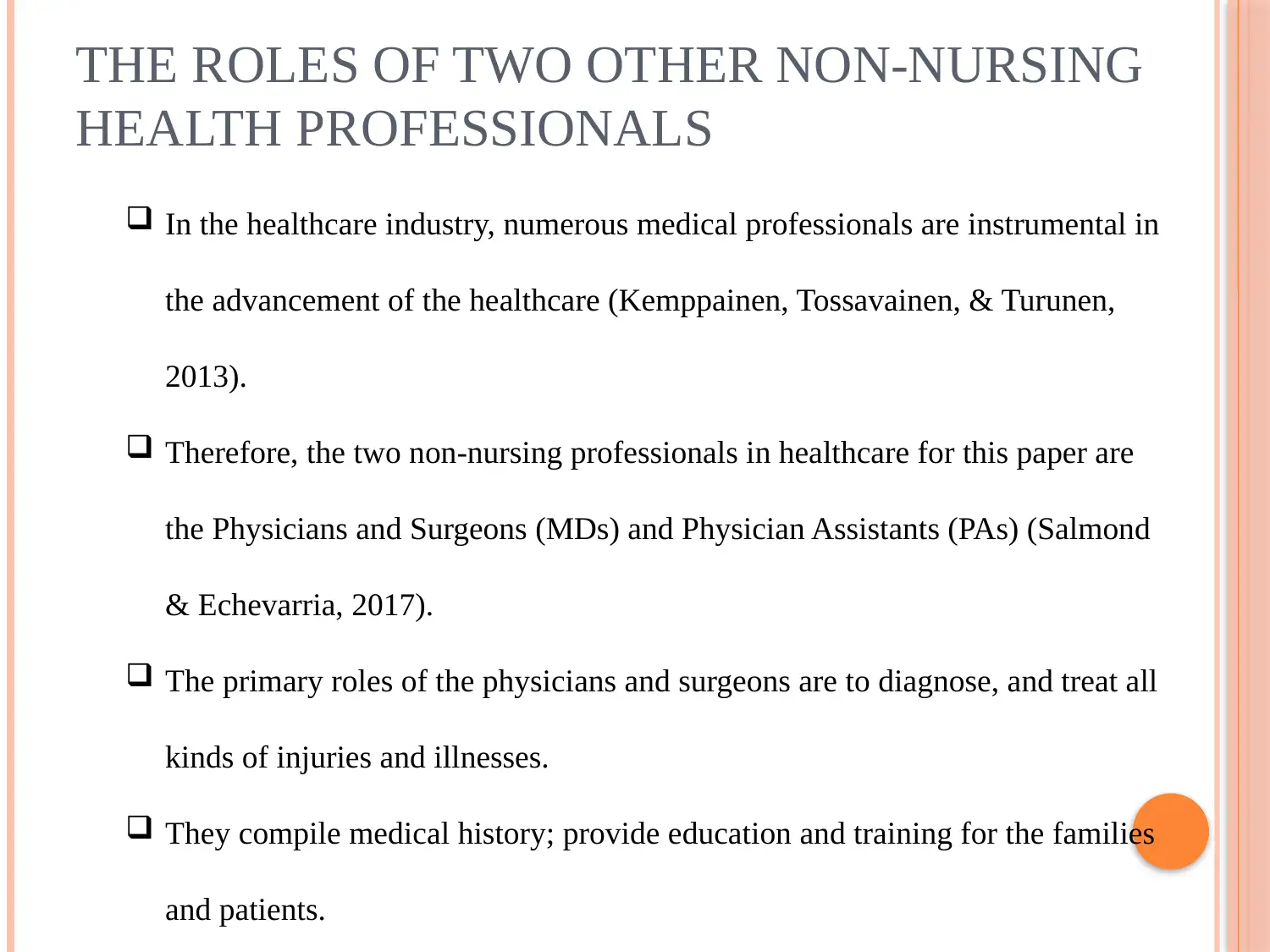
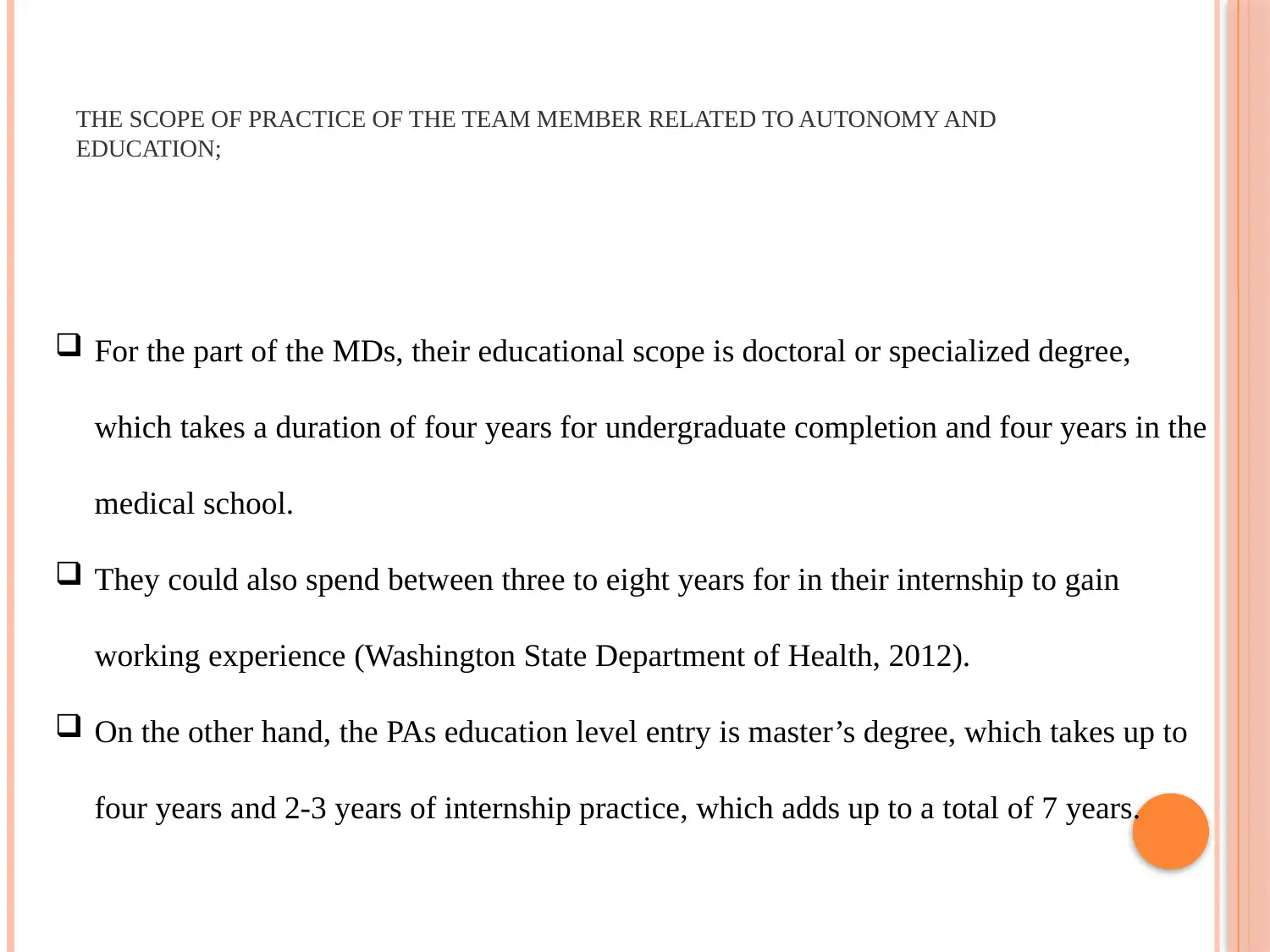

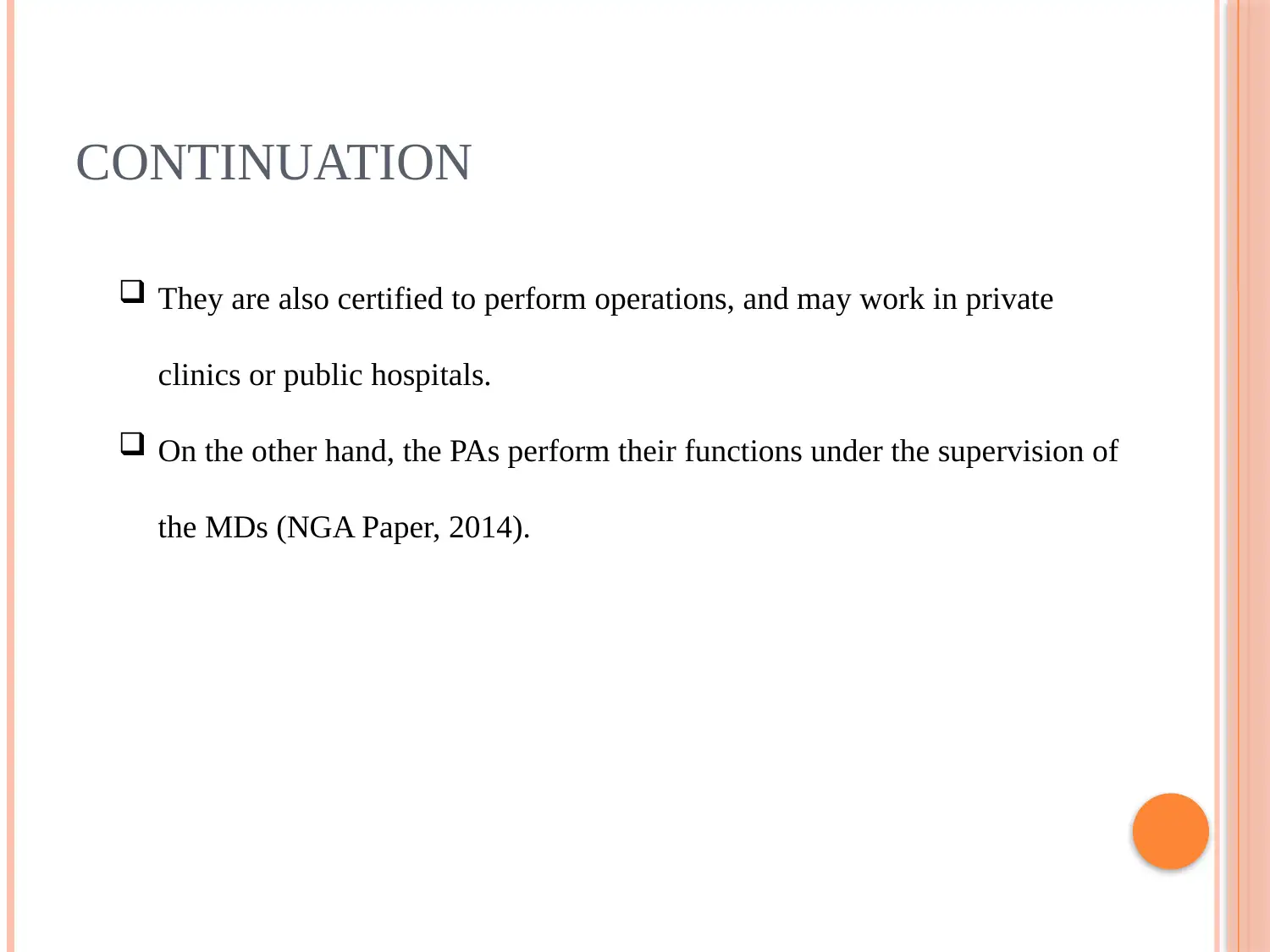
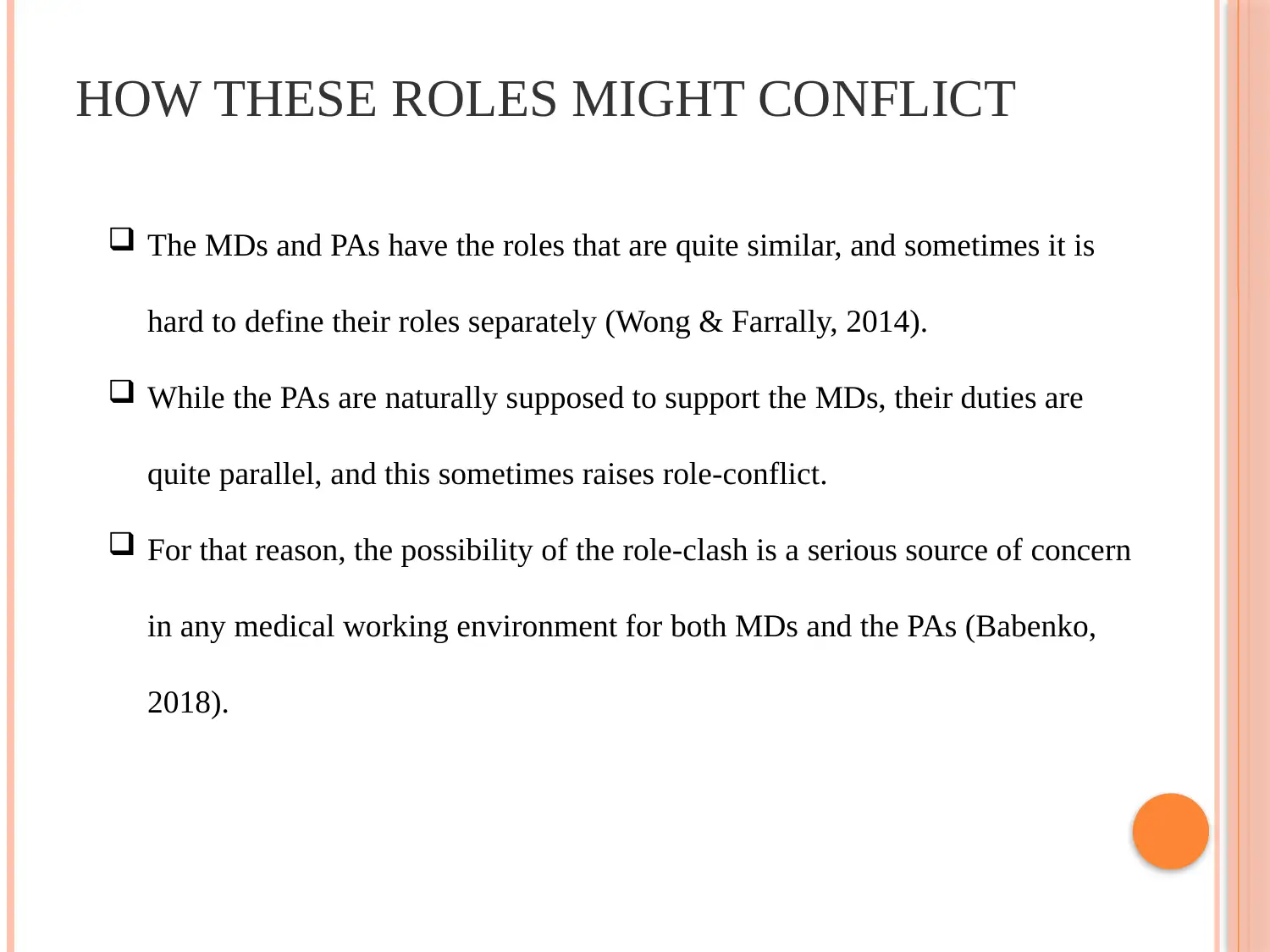
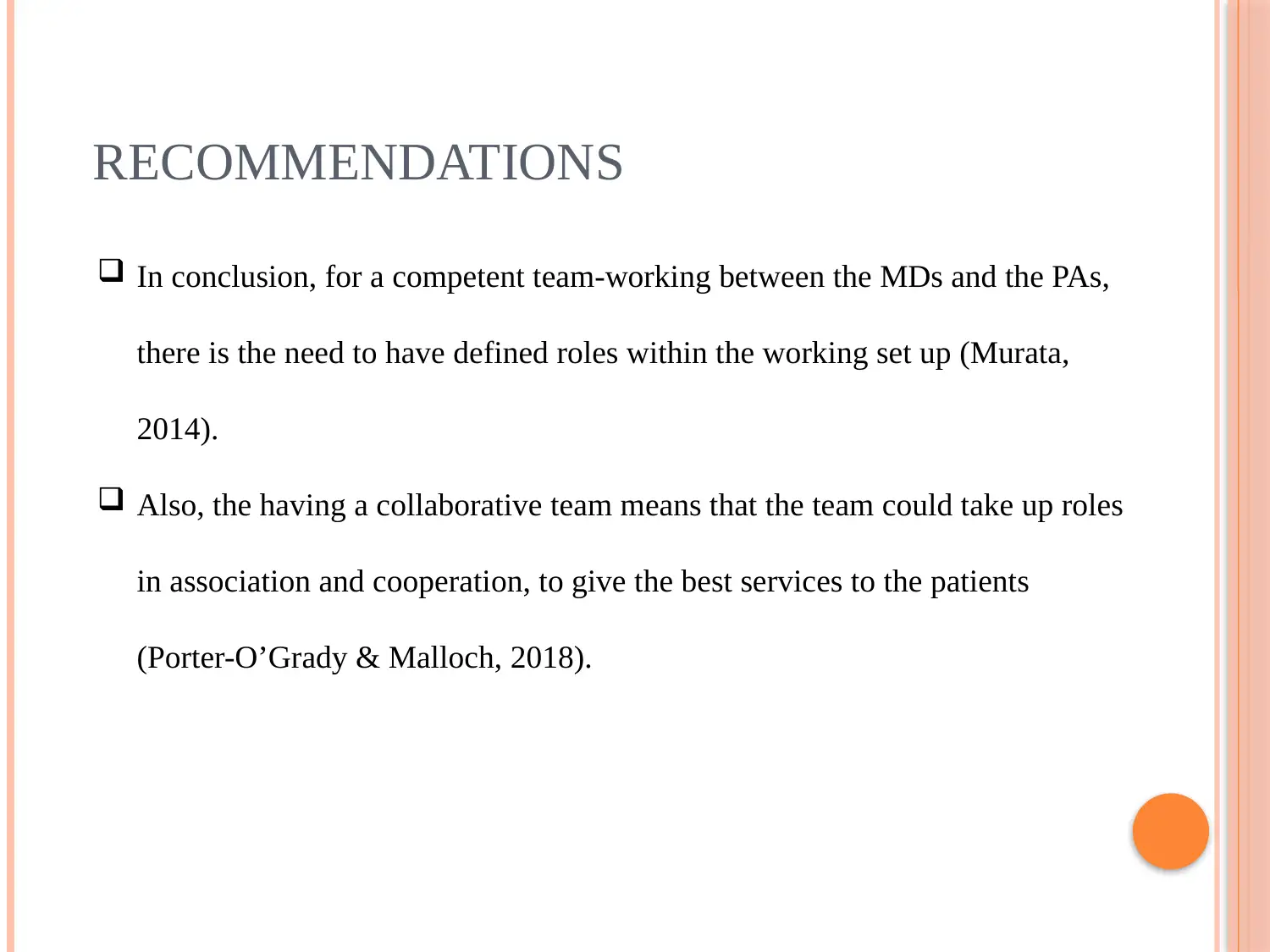
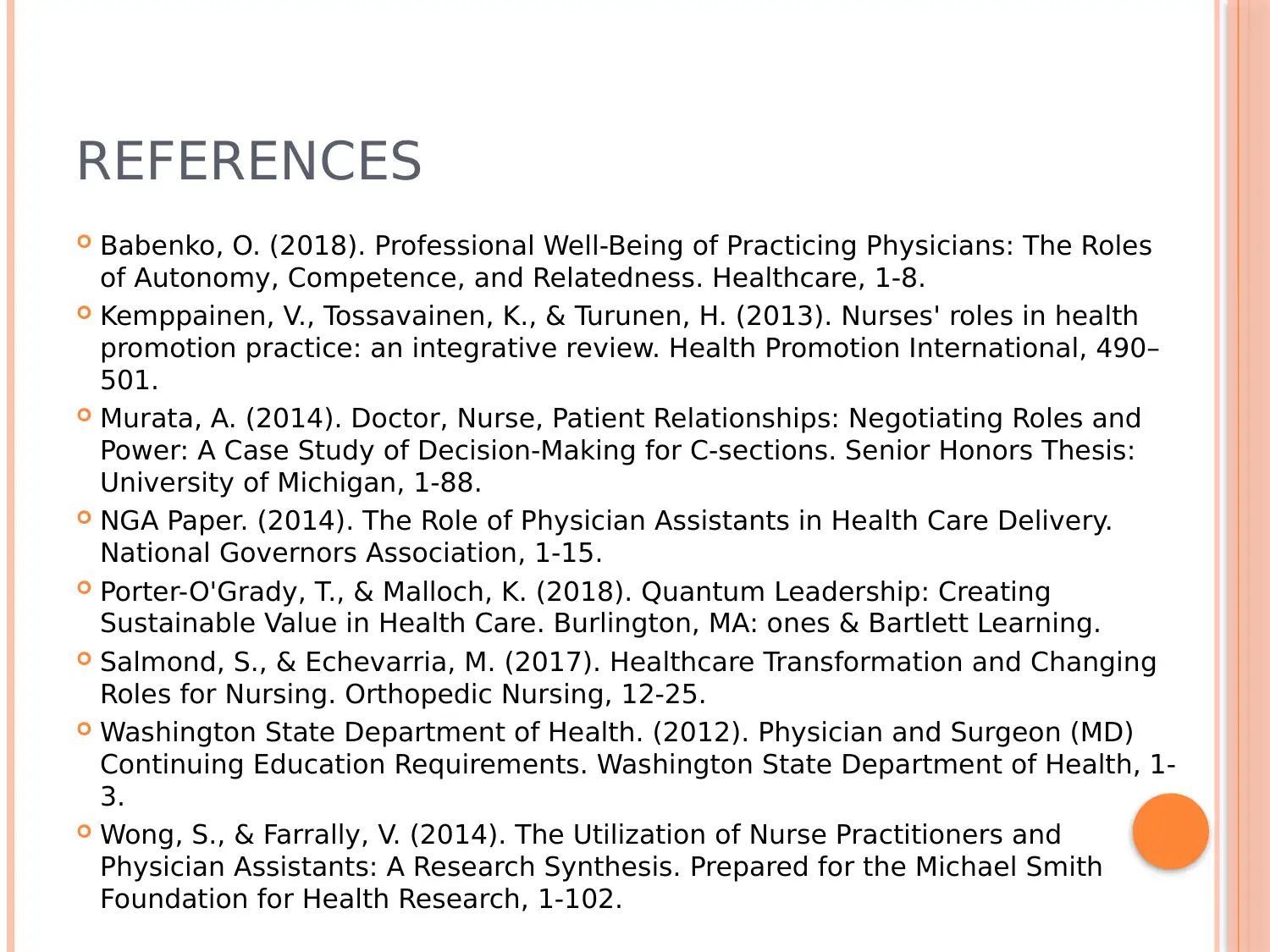
![[object Object]](/_next/static/media/star-bottom.7253800d.svg)